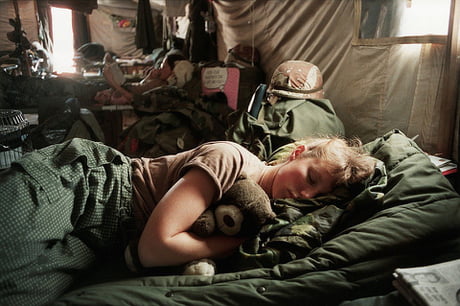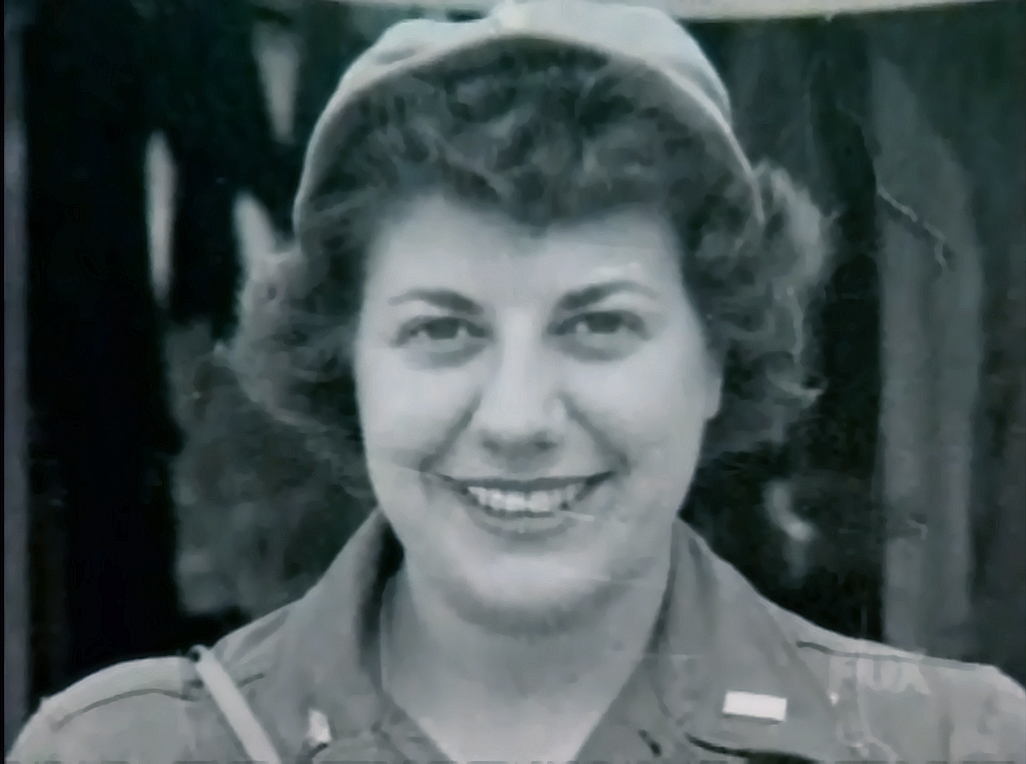
Before this, blood was stored and transported in glass bottles. Transporting blood and blood banks weren’t new concepts at the time of the Korean War, but it was during the war (1950–1953) that the military adopted plastic bags for storing, shipping and administering blood. Air Force C-54 aircraft commander, often briefs interested patients on the aircraft’s position, altitude, and other information. Flight nurse, 1st Lt Victoria Malokas, Cleveland, OH, checks a patient’s progress chart in flight. Medical professionals serving in the Korean War revolutionized the transport of blood, improved vascular surgery, and pioneered renal dialysis. They really were the pioneers of trauma care and nursing.” “Women had been mostly limited to personnel and medicine, but the Korean War was a wake-up call for women in that those roles were really beginning to expand in the civilian world. “With each war, we saw a little improvement and expansion in the role of women,” says Army Nurse Corp historian Lt. The war set the stage for how medical professionals treat trauma patients today. Medical professionals made significant changes to the way they treated injured troops during the Korean War, which led to fewer casualties as well as medical advancements for civilians. By the end of the war, Army nurses had received nine Legions of Merit, 120 Bronze Stars, and 173 Commendation Ribbons. They even treated Korean civilians when they were caught in the crossfire. Because of their proximity to fighting, they did much more than regular nurse duties-they started blood transfusions, sutured wounds, administered antibiotics, conducted triage, and more. Though not in combat, these nurses saved countless lives while living and working on or near the front lines. Within a month of the troops’ arrival, more than 100 nurses were stationed in the Pusan perimeter.
#Nurses in a mash unit today series
Two days later, a dozen nurses established the 8055th MASH-the unit upon which the book, movie, and television series M*A*S*H was based-at Taejon. Nurses were some of the first military members on the peninsula. Four days after US troops arrived, 57 Army nurses landed and set up a military hospital in Pusan. “The nurse’s weapons are knowledge and skills that can be employed to wage war on disease and injury wherever these calamities have laid low a man, woman, or child.”

Quinn, a first lieutenant when she served in the 8055th MASH unit. “The nurse must be armed to fight just as the soldier, sailor, or marine,” said Mary C.

In fact, female nurses were the only military women allowed on the Korean peninsula during the war. At the time, women weren’t allowed on the front lines in combat roles, but these nurses served close to the front lines, and sometimes, like Fleming, in the line of fire. Air Force photoĪbout 7,000 women served as health care professionals during the war, and it’s estimated that about 1,500 nurses served tours of duty on the Korean peninsula. During a trip, she may give blood transfusions, perform minor surgery, treat patients for shock, feed and care for the entire group. 2nd Lt Pauline “Pat” Kircher, Saginaw, MI., member of the 801st Medical Air Evacuation Squadron, changes the dressing on a wounded man’s arm during the aerial voyage from Korea to Japan. The duties of a flight nurse aboard Far East Air Forces medical evacuation transport of the 315th Air Division (Combat Cargo) are many and varied. “This was not only by virtue of improved medical treatments available at all echelons but also in large measure because of his ready accessibility to major medical installations.” Ridgway, commanding general of the United Nations forces in Korea.

“The wounded soldiers in Korea had a better chance of recovery than the soldier of any previous war,” said Matthew B. During World War II, the fatality rate for seriously injured troops was 4.5 percent during the Korean War, it was reduced to 2.5 percent. None of the nurses were injured.īecause of nurses like Fleming, traveling with troops and working in MASH units, wounded people survived.

Eight men died, and some of the supply vehicles were lost. At sunrise they ventured out and went to work, treating the wounded. They ran to a nearby ditch to take cover and watched as gunfire and burning vehicles lit up the sky. The group of 13 Army nurses was traveling with the 7th Infantry Division from Incheon to Pusan when enemy forces ambushed them. Within a month of landing on the beach in Korea in 1950, nurse Margaret (Zane) Fleming and her fellow nurses with the 1st Mobile Army Surgical Hospital were attacked. Thanks to CEUfast Blog for this Guest Article.


 0 kommentar(er)
0 kommentar(er)
